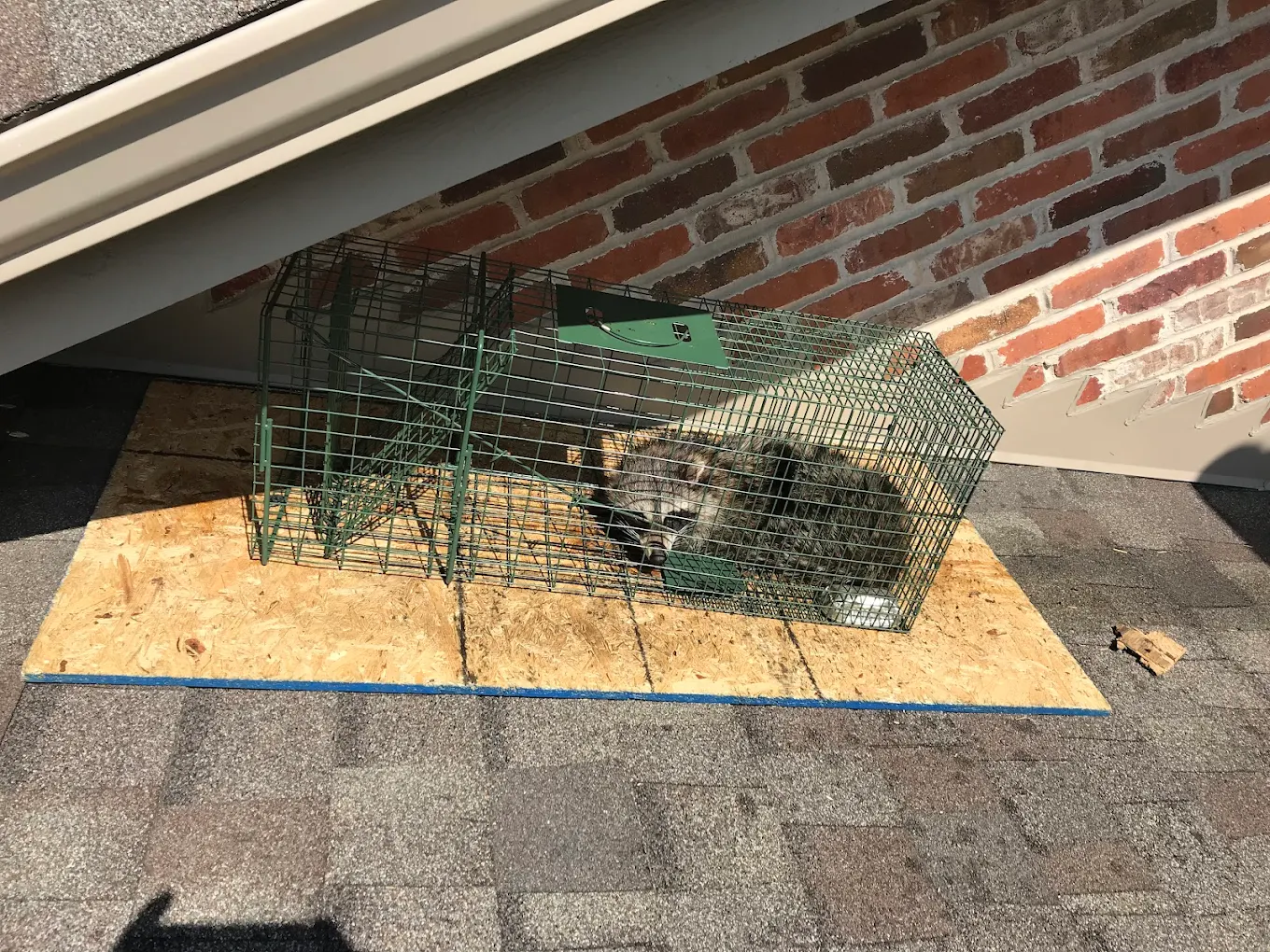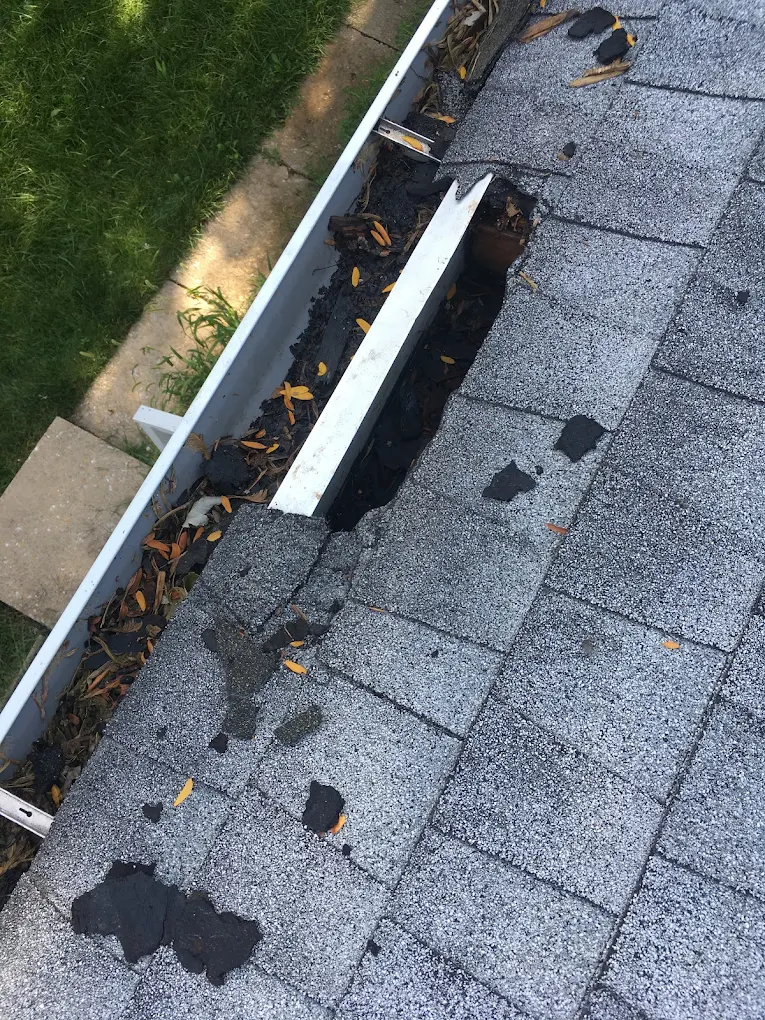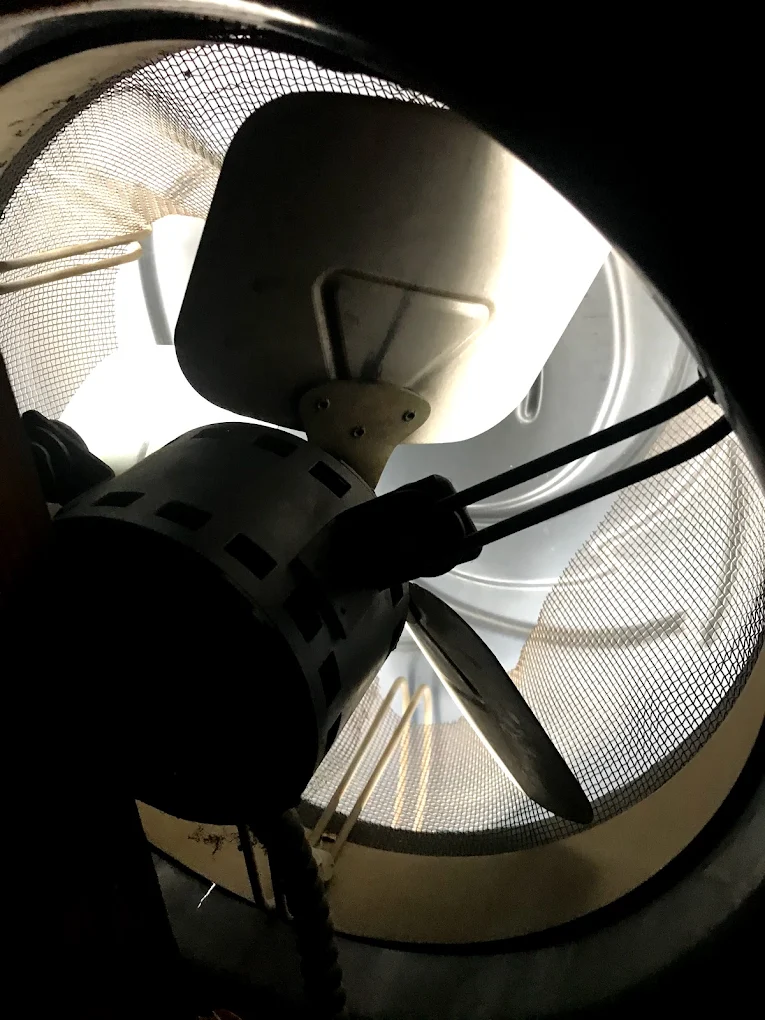Our Squirrel control Services

Nuisance raccoon trapping is essential for preventing significant structural damage to homes, as these animals can cause severe destruction while nesting in attics. Their constant gnawing and clawing can compromise insulation, wiring, and wooden beams, leading to costly repairs and potential hazards. Additionally, the presence of raccoons in living spaces poses health risks to residents due to the potential transmission of diseases through droppings and urine.

After raccoons have been safely removed from the attic, it’s essential to assess and repair any damage they may have caused, such as chewed wiring, insulation displacement, or structural breaches. Sealing entry points with durable materials and reinforcing vulnerable areas can help prevent future infestations. Additionally, replacing damaged insulation and ensuring proper ventilation will restore the attic’s integrity and improve energy efficiency in the home.

Raccoon exclusion and proofing involve sealing entry points and reinforcing potential access areas to prevent these persistent pests from entering homes and structures. This proactive approach is crucial for permanent prevention, as it not only addresses current infestations but also deters future invasions by eliminating their access routes. By investing in raccoon exclusion measures, homeowners can protect their property from the damage and health risks associated with raccoon activity.
5 Step Raccoon Removal Process



Frequent asked questions
Yes, raccoons can be aggressive when cornered and will defend themselves if they feel threatened. They can bite or scratch, which may lead to infection. Raccoons are also known carriers of rabies, which is deadly if untreated. Pets that interact with raccoons risk injury or exposure to disease.
Raccoons can carry rabies, leptospirosis, and raccoon roundworm. These diseases can be transmitted through bites, scratches, or contact with droppings and urine. Raccoon roundworm eggs can become airborne when droppings dry out. These health risks make cleanup and removal a serious matter.
Raccoons use their strength to tear through shingles, roof decking, and soffits to get into attics. They can pull apart vents, chew through weak spots, or rip up fascia boards. Once inside, they expand the hole further to come and go. This causes ongoing water damage and weakens roof structure.
Yes, raccoons crush, tear, and contaminate insulation with urine and feces. This destroys the insulation’s ability to regulate temperature. Wet and soiled insulation also creates mold and odor problems. Full replacement is often needed after an infestation.
Raccoon droppings can carry raccoon roundworm, which is extremely dangerous if inhaled or ingested. The eggs can become airborne as the droppings dry out. Contact with droppings is also a risk for bacterial infection. Cleanup must be done using protective gear and proper sanitation methods.
Raccoons target weak areas like roof edges, soffit to roof returns, attic vents and attic fans. They use their claws and teeth to tear open access points. Once inside, they make their den site more suitable by tearing apart insulation around ductwork and smashing blown in insulation. Entry points are often hard to spot without a close inspection.
Raccoons usually give birth between March and June. This is when females look for warm, hidden spaces like attics to raise their young. Once inside, they will defend the nest aggressively. Removing them during this time requires extra caution to avoid separating the babies.
You’ll often hear loud walking, thumping, or scratching at night. Insulation may be torn up or compressed, and droppings may be found near entry points. There may also be a strong odor from urine or feces. A full inspection is needed to confirm activity and locate damage.
Yes, they can tear right through plastic, aluminum, or wood soffits and vents. If the vent isn’t reinforced with steel, it won’t stop them. They use their claws to pry materials open and widen the hole with their teeth. These entry points are common and need to be sealed with strong materials.
Raccoons cause damage fast, and the longer they stay, the worse it gets. They destroy insulation, chew wires, and leave behind dangerous waste. Breeding raccoons will raise young in the attic, doubling the damage. Quick removal prevents property destruction and health hazards.

100% Satisfaction Guaranteed